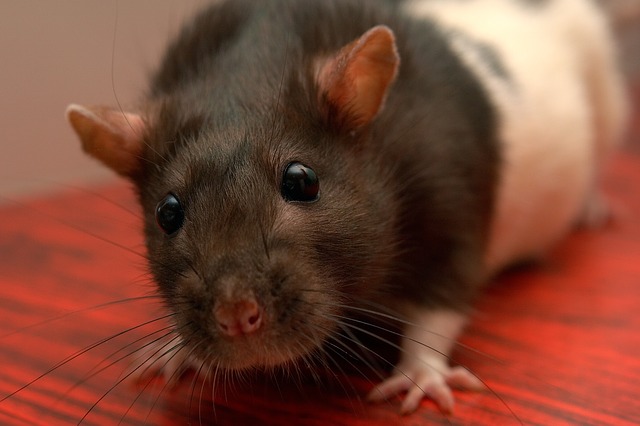An offshoot of the ambitious enterprise the Human Brain Project, a group of international scientists have collaborated on the Blue Brain Project to digitally reconstruct a brain. While a human brain remains a little out of reach, these researchers have settled on a smaller, but no less fascinating goal: to build a complete digital model of the brain of a rat.
The New York Times reports that the Blue Brain Project published its initial findings on Thursday, unveiling the digital reconstruction of a mind-blowing 30,000 brain cells. A little bit of perspective reminds us that the human brain contains over 85 billion cells, but this is still ground-breaking news for the Human Brain Project, whose work has long been subject to skepticism and disbelief.
So, what does a functional map of 30,000 neurons look like, and how much digital rat brain are we dealing with? The AAAS describes the section as roughly a third of a cubic millimeter, and as lacking the cells not directly involved with relaying signals. Researchers are quick to point out that this reconstruction serves as the culmination of almost twenty years of work, and that now that the group has proved their ability to successfully map neurons and contact points, they expect further developments at a much more rapid pace. This confidence comes as a welcome argument for the usefulness of the Human Brain Project in general, as the rat brain map is a tangible first step towards the lofty goal of digitizing an entire human neural network.
Digitally mapping a section of rat brain is the first step towards creating a neural map of the entire human brain.
Still, many remain noncommittal when it comes to the future of brain mapping. The fact is, digital reconstruction and the associated research cost a great deal of time and money, and one of the main criticisms of this particular advancement is that the Blue Brain Project has no clearly defined aim. Why climb the mountain? Why map the rat?
Supporters counter that neural mapping will lead to untold scientific and medical leaps, and that this initial success will soon be followed by more applicable results. After all, a functional recreation of a human brain would allow scientists to directly investigate degenerative diseases like Parkinson’s, or study the relationships between different sections of the brain. Today, a rodent. Tomorrow, the world?
























